#怨霊
Text
森の妖怪(28匹目)

株元から次々と湧き上がる黒い怨霊。
⇨ 森の妖怪一覧へ
#森の妖怪#田舎#田舎暮らし#里山#自然#森林#生き物#妖怪#アート#芸術#ミステリアス#モンスター#菌類#マメザヤタケ#きのこ#怨霊#伊豆#countryside#rural life#nature#forest#creature#specter#apparition#monster#mysterious#fungi#mushroom#xylaria polymorpha#dead man's fingers
6 notes
·
View notes
Text
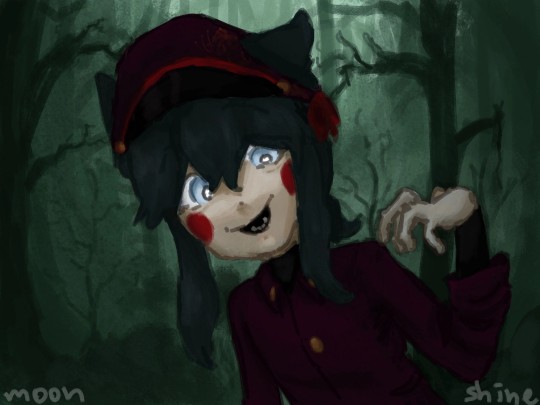
aaaaoohhaaoaahhaあああああああァァァあぁええぇえ
僕のoc!!
i love him
idc how many people will see it, i still love this art and my oc 星😛
0 notes
Text
youtube
ONRYO Psychological Horror Game [WIP Diary #2]
X
1 note
·
View note
Text
山伏の怨霊
相模国津久井郡内郷村の奥畑という集落の下に、岩もと、という場所がある。
奥畑集落からその岩もとへ下りる途中に山伏の墳というのがある。
これは我が鈴木家に関わるものだ。
鈴木家が内郷村の名主をしていた頃のことである。
ある夕暮れ一人の山伏が、宿を貸せ、と訪ねてきたそうだ。
断ると、山伏は携えていた法螺貝で悪口を吹いた。
当時の当主が大いに怒り、逃げる山伏を追いかけ、相模川の中ほどに入ったところを斬り殺した。
すると、当時、江戸にあった鈴木家の分家の者に対し、この山伏の霊が祟りをなした。
その山伏の霊を慰めるために建てた墓がこれである。
碑の正面には「山伏墳」という文字が刻まれている。
向かって右側面には「慶安元戌子天九月三十日寂、送号頓覚大徳」と、左側面には「天明七竜集丁未九月吉祥旦祭主」の後に連名として分家五人の名がある。
建碑の際、施餓鬼をしたそうだが、そのとき袈裟を掛けた松が今も残っている。河原にある一本松で、袈裟かけ松と呼んだそうだ。
(鈴木重光『相州内郷村話』相州内郷村 「山伏の霊」)
0 notes
Text

"Hate is like a typhoon. It begins as a breeze at the sea that is swallowed by darkness. Then deepens. Energizes and grows ever stronger. Swirling and raging until it's ready to strike.
But hate alone wasn't enough. It took one more ingredient: Love...
poisoned by betrayal, to bring so much bloodshed and woe to create the onryō."
-Blue Eye Samurai / The tale of the Ronin and the Bride (2023-)
怨霊
#I loved the series so much! 💙#my art#my fanart#blue eye samurai#Mizu#blue eye samurai fanart#mizu blue eye samurai#mizu bes#bes mizu#bes#bes fanart#mizu fanart#blue eye samurai mizu#onryō#onryo#yurei#Hokusai#quotes#netflix#netflix series#procreate#illustration#poster art#digital art#digital artist#artists on tumblr#first drawing of the year#first drawing of 2024#cheellart#cheella
496 notes
·
View notes
Text
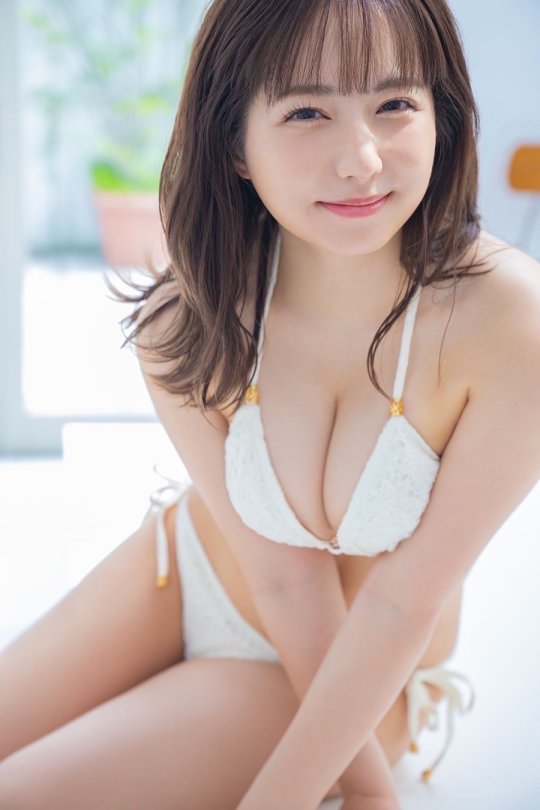
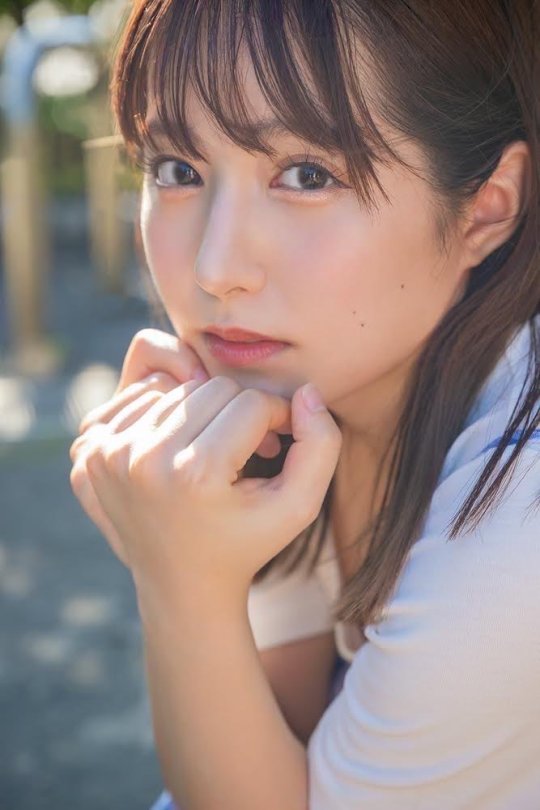
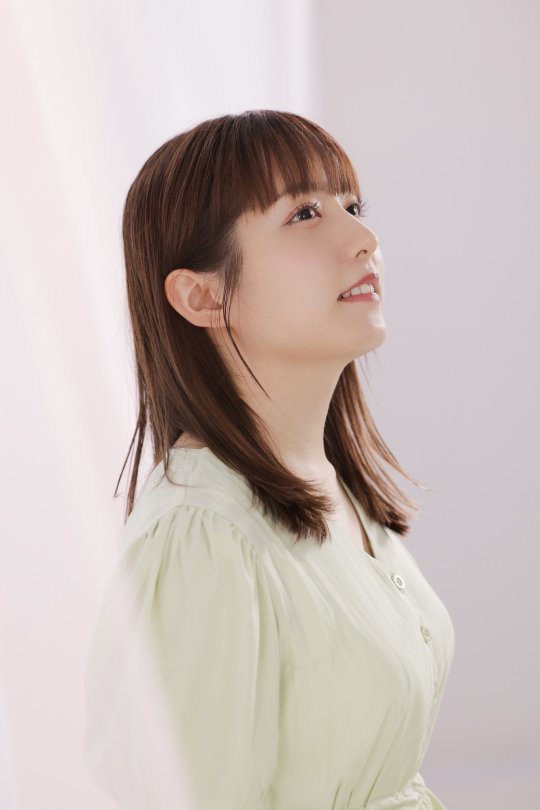
前田 美里は、日本のAV女優、グラビアアイドル、女優。フリーランス。東京都出身。 ウィキペディア
別名義 矢埜愛茉
生年月日: 1996年2月13日 (年齢 27歳)
出生地: 東京都
映画: 呪ギャル ~芸能怨霊伝説~、 デッドクック、 超鬼やば!
身長: 146 cm
カップサイズ: D
スリーサイズ: 83 - 61 - 85 cm
デビュー: 2011年
168 notes
·
View notes
Quote
竹中平蔵が元気に生きているのをみると「ああ、怨霊も呪いも本当にないんだなあ」と実感する
[B! トンデモ] 竹中平蔵「日本人の生活はそんなに苦しくなってないのに騒ぎすぎ。もっと頑張れ」岸田減税は何の意味もないと断言…「社会安定のため国民に施し(給付)を」(みんかぶマガジン) - Yahoo!ニュース
208 notes
·
View notes
Text
i fell into a little rabbit hole while reading bora chung's cursed bunny when i found the japanese proverb 「人ひとを呪のろわば穴あな二ふたつ」 ("hito o norowaba ana futatsu"), meaning "when you curse a man, [you dig] two graves" (click here for reference and click on the first link at the bottom for more context). it's a cautionary proverb about the consequences of cursing or invoking evil onto others, similar in a way to the english proverb "what goes around comes around."
i dug around some more (hah!) and found an article explaining the origins of the proverb (click on the second link at the bottom). do bear with my lacking skills when it comes to translating, but from what i understand, the proverb itself originated from the heian period. onmyoji (click on the third link at the bottom) were civil servants who practiced onmyodo, specializing in magic and divination. the article describes them using the kanji 呪術師 (third highlight in the left image), or jujutsushi, meaning sorcerer.

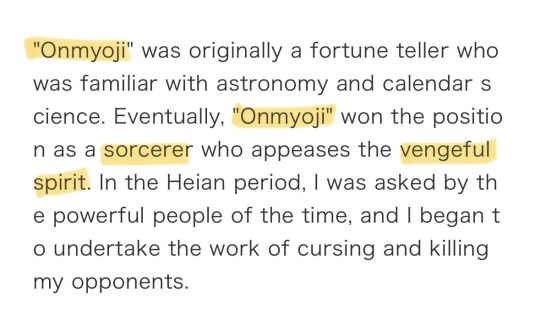
these onmyoji were responsible for calendar-related tasks and mystical duties such as divination, but the most interesting duty listed was protecting the capital from evil spirits, or 怨霊を (vengeful spirit) as the article cites, by cursing and killing the capital's opponents. now, this was a particularly dangerous task because they risked having that curse "returned" back to them in a counter-attack, killing them in the process, too—hence why one must prepare two graves when one resorts to "cursing" someone.
now that we've established the history of the proverb, it initially struck me as familiar because...
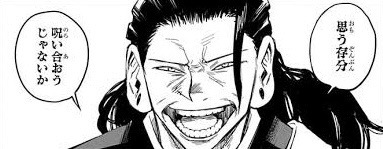

it's something geto mentioned when he came to the school to declare war! and...


later on when he says his last words to gojo!
given that the series takes some inspiration from onmyodo in the heian period (the golden age of jujutsu in the story), it's befitting that a proverb like this would make an appearance in the actual dialogue. in both instances, the proverb was relevant in geto's dialogue.
the article i referred to before also provided two example sentences related to the proverb, which when translated become:
"As there is a saying that if you curse people, there are two graves, hatred only produces unhappiness."
"I hate him so much. Even if you say that if you curse people, you will have two graves, I'm prepared for that."
as the geto fanatic that i am i find it interesting that both these phrases could align with geto's lines in volume 0. the first time geto references this proverb, it's when he says, "let's curse each other to our hearts' content." i've talked about this in my other posts (click here for one of them), that i've always believed that geto knew his pursuit of ideal was futile, or "impossible" as he explained to gojo in shinjuku. regardless of the outcome, this was the path he chose for himself, a path where he had to constantly pretend to the people around him that it was indeed possible.
referring to the proverb, the two graves here would be geto and the subject of his curse, non-sorcerers. his curse—his hatred—only led to his own unhappiness and his own demise. as it is, he failed his attack and the only grave there was his. he died unable to laugh from the bottom of his heart.
the second time geto references this proverb, it's when he says, "at least curse at me a little at the very end." he says this in an easy exasperation in response to gojo's omitted last words to him. he expects gojo to hate him or at least be angry with him, but instead gojo does not "curse" him the way he thought he'd be.
refering to the proverb, geto expects gojo to hate him so much, he'd curse him even if it might risk his own life to see geto dead. instead, gojo spares him—or rather, gojo says what he says honestly, without the disguise of anger or spite. the two graves here, at least in geto's mind, would be gojo and the subject of his curse, geto himself. ironically, despite the lack of "curse," there is still a grave for one body. in a more figurative sense, perhaps that alley is a teeming graveyard.
what an apt cautionary proverb for such a vengeful character.
links i couldn't hyperlink:
#jjk#jujutsu kaisen#geto#gojo#satosugu#lobotomy kaisen#icb i see them everywhere#well at least i'm packed with more knowledge#i logged into jstor (for naught but a simple proverb but it was still fun)#why cannot i hyperlink#jjk meta
49 notes
·
View notes
Note
Let me just sneak in here.
Just want to say thank you for the compliments, it has truly made my day. But I came in here because I just wanted to make sure I have your full permission to add to the COD Gods AU as I have so many ideas and I will admit that I am a world-building fanatic. Especially as I'm thinking about doing another one of my big character analyses but for Makarov this time as I have way too many ideas for God Makarov that I want to charge him rent.
Also, I hope it's okay if I am allowed to add to the Slasher COD AU as I have ideas for König and Soap, as I myself see König as a creature hunting in the woods killer who has cannibalistic tendencies while I see Soap as a killer like Kuchisake-Onna (口裂け女) who is an onryō (怨霊); I say that as an onryō exact vengeance to "redress" the wrongs it received while alive while Kuchisake-Onna kills or hurts people by slitting their face through their mouth from ear to ear which is similar to a Glasgow Smile and I think the first part also fits Johnny as I still believe he is not y'know and Slasher Johnny could be extremely injured after the incident which has forced him to stop working so he takes his anger out on everybody else before he can get to Makarov and get revenge.
Also as repayment for you blessing us with your AUs that I have added on to I will be spoiling you the AUs I've been thinking of for the COD boys that I will be talking about later on my blog: Angel AU, Demon AU, Royal AU, Cryptid AU, Mythical Creature AU, Bug AU, Plague AU, Victorian AU, Magic AU, Fairytale AU, Celestial/Solar AU, Wonderland AU, and many more which I will probably list in one post.
These will probably take me weeks to do but I will be posting the summaries soon for people to use (and you can use them as much as you want) as the analyses take me around three to six hours to write depending on how much research is needed. I also want to post some other headcanons I have that are just general and my opinions on MW3 ending and how I would have done it which will also make me take longer.
But anyone I shall run away now that I've dropped this on your doorstep and if you ever have any questions I shall answer. Sorry about how long this ask is but my family has a waffling issue and I tend to be one of the worst.
Now much platonic love, have some cookies, and keep yourself safe but also well-rested.
Please know yourself out with these!! All my ideas are basically free for adding/interpreting them as someone pleases because I truly believe that's what will keep them going and alive!
You have no idea how happy I am that someone as talented and creative as you wants to do such in-depth workd building on my silly whimsical au😭💕💕
I'm sending you much platonical love too and have a good day/night love♡
50 notes
·
View notes
Text
Why are most of the Japanese ghosts 'victimized women'? - the feminist answer to Japan's sexist society
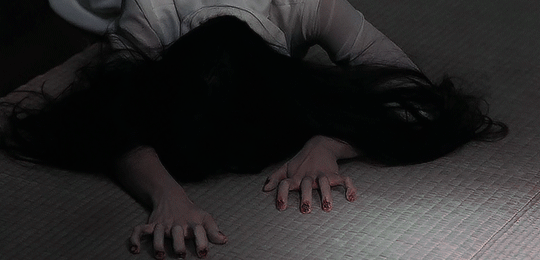
Let's talk a little about Japan and its horror culture. The "pale-dressed woman with black hair" ghost steriotype isn't an American invention, it came from the Japanese culture. This ghost is called Onryō (怨霊), a vengeful spirit that comes back from the dead to sick revenge against his/her killer or humanity itself. Onryō spirits mostly had violence deaths (murder, accident or suicide) and/or unfair lives. They are characterized as a pale person, with white clothes and a long, black hair. Some of the Onryō ghosts are marked with the violence they suffered before death. Male Onryōs can be found in the Japanese culture (cinema, mangas, animes, games and theatre), however, they are very rare and unusual, most of the Japanese ghosts are female. Female victims abused by men. After the iconic 2002 "The Ring", an American Remake of the Japanese best-seller Ringu, the Onryō image was introduced to the whole world.
Some of the most classic Japanese ghosts are: Oiwa, Okiku, Sadako Yamamura, Kayako Saeki, the Black Cat ghosts and Kuchisake-onna. All women. I will talk about them little by little and explain about their feminist essence. The Japanese culture was always male chauvinist and patriarchal, specially in the past. Women were treated as objects of male pleasure, they couldn't have any profission unless prostitution or cleaning/cooking. Men were the masters, women were the slaves. Many Japanese temples tought men that sexual activities with women was disgusting and exhausting, something that sucked vital energy. Sex with women should be ONLY for reproduction. It was a mysoginistic society, where the female body was faced as something vulgar and immoral. Women should mary as soon as possible (15-16 years old or less) or else they'll be called 'old whores'. Women couldn't even play in Kabuki shows (japanese traditional theatre) because it was considered immoral, the female roles were played by men. Rape, abuse (emotional and physical) and murder caused by men could be justified if their female victims were considered immoral women. Until today, women are oversexualized in Japanese culture specially if they are very young, hentais are a big example. There are Japanese companies that hire only men, there are victimized women that are still unheard and judged.
This male chauvinist opression has been answered for centuries with the legends of onryōs, curses and female revenge. The Japanese folklore and pop culture is full of feminists manifestations against the patriarchal society of Japan.
Oiwa (大岩)

This character appeared for the first time in the Kabuki best-seller show "Yotsuya Kaidan" (四谷怪談). She was a poor woman married to a greedy selfish man, Iemon. He was planning to marry a rich woman, but for this, he needed his wife to be all alone and defenseless, so he killed Oiwa's father. After that, he poisoned Oiwa with the intention of killing her, but she didn't die: her face melted and her hair felt. Iemon hired a man to rape his wife, then he could kill her with the excuse that she "cheated on him". However, the man was so disgusted with Oiwa's face that he couldn't rape her. Iemon, without any other choice, killed both Oiwa and the man he hired, throwing their bodies into the river. Iemon married a rich woman, but in his honeymoon, Oiwa's spirit came back from the dead and murdered both of them. The legend says she is still hauting her old village, and you get cursed by her spirit if you listen to her story (yes, I curses all of you😈😈).
Okiku (お菊元気)

The original story that inspired Koji Suzuki's Ringu series. Okiku was a poor employee that worked for a creepy rapey samurai named Aoyama Tessan. He wanted Okiku to be his lover, but she always denied it. One day, Aoyama planned to trap her: he gave her a closed bag with 9 coins, but he told her that there were 10 coins and that she should take care of them. Naïvely, Okiku took care of the bag for some days, until Aoyama came back and checked the coins. Again, there were always 9 coins, but he lied to her saying that there were 10, an employee couldn't doubt of her master's word so she never checked it before. Aoyama accused Okiku of stealing one of his coins. Desperate, she counted the coins: 1, 2, 3, 4, 5, 6, 7, 8, 9... over! No 10! Aoyama threatened Okiku, saying she could be spared if she agreed to be his lover. She denied for the last time. The samurai tortured the poor girl and throw her alive inside of a well. Okiku's ghost came back every single night to torment the samurai, forcing him to committ suicide. After Aoyama's death, a buddhist monk bought the land and freed Okiku's ghost after counting 'til 10, bringing her peace.
Kuchisake-onna (口裂け女)
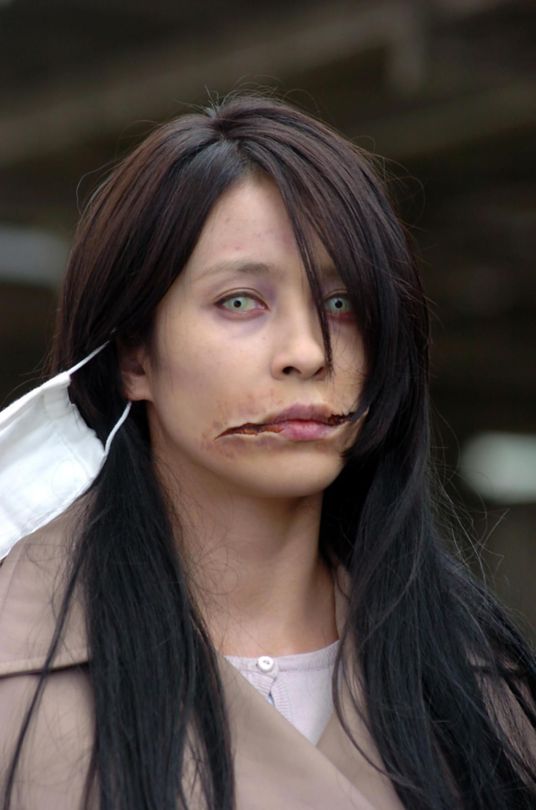
The legend of Kuchisake-onna tells about this woman with a cutted mouth. There are a lot of versions about the legend, but the most famous one is where she was murdered by her husband, who, droven by jeaously because of her beauty, cutted her mouth and skin with scissors. Kuchisake-onna appears in dark lone streets at night, asking you if she is beautiful. If you say she is, she will cut your mouth to be just like her. If you say she isn't, she will just kill you.
Black Cat - 1968 movie (黒猫)

A classic Japanese horror movie. A mother and a daughter were raped and killed by a group of samurais, and now they are vengeful blood-lustful ghosts. They hallucinate the samurais and everyone near their home with a black cat, that guide them to their house. They seduce them and kill them.
Sadako Yamamura (山村 貞子)
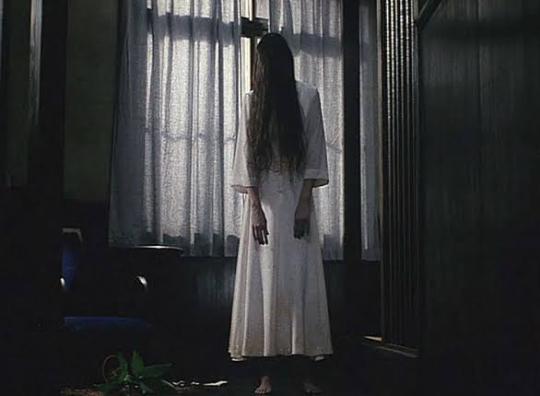
The most iconic Onryō and Japanese horror symbol of all. Sadako's story suffered retcoms during the Ring franchise. In the 1991s novel, she is a young intersex person (she identifies herself as female) who grew up in a toxic family, being explored because of her psychic powers. At 19s, she is raped by a doctor named Jotaro and throw alive inside of the well. In 1998s Ringu, she was a cruel sadistic child who murdered a journalist and ruined her mother's life. She was murdered by her step-father that wanted to save the world from her evil, but she became a vengeful ghost. In the 2000s Ringu 0, Sadako is portrayed as a victim, since she can't control her powers and is afraid of her biological dad, a sea demon. She was drugged and isolated by her step-father during her life, emotionally abused and explored in her adult life, collectively beaten after being exposed to an old scandal and lated 30 years to die inside of the well. In every version of the story, she uses her nensha and telepathic powers to record a videotape that murders their victims in seven days. As technology is her weapon, she crawls out of people's TV (except in the novel).
Kayako Saeki (佐伯 伽椰子)

Based in Oiwa's legend, Kayako Saeki was a lonely neglected girl that married a jeaously abusive husband, Takeo Saeki. She had a kid with him, Toshio. We have more details about their relantionship in the first 2000s movie Ju-On: The Curse, where Takeo abuses his wife and kid more than one month before the curse started. When Takeo discovered Kayako had feelings for her childhood friend, Kobayashi – who ironically was Toshio's teacher –, he broke her neck, murdered their black-cat, their young child and even killed Kobayashi's pregnant wife. Their suffering was so cruel that it started a deadly curse inside of the house, which killed Takeo, the teacher and curses everyone and anyone that enters it.
With all of these stories, and many other legends about monstrous female creatures and ghosts, we can notice that Japanese women always had a grudge against their opressive misogynistic society. Most of the horror Japanese movies portray women that were victimized by men and now are searching for revenge. If their society thinks their suffering and death is OK or justificable, then, they have no other choice than searching for their own justice.
Japanese society improved significantly during the years. Women now have voice, power, intelligence and place in the Japanese society. Divorces are permitted, they have laws against misogynistic violence, women can work and be solo mothers, majority of cultural and intelectual institutions are occuped by women. Japanese society was always impressive, intelligent and productive, but they still needed to be socially envolved. And it is working.

Social evolution surelly doesn't depend on movies or legends, but fictional works and culture does influence people for the good. It is because of humanity's fights, discussions and progress that our world, including Japan that once was one of the most sexists couples ever, that we are progressing and giving voice/space/respect to minories. We don't need female ghosts to avenge women or to "teach men", we need to look at our interior and our own mistakes, and learn how to fix them.
#japanese ghost#japanese movies#japanese society#Japan#🎌🇯🇵❤️#sadako yamamura#kayako saeki#kuchisake-onna#okiku#kuroneko#ringu#ju-on#ju-on: the grudge#oiwa#yotsuya kaidan#onryō#feminism#female ghosts#misoginy
360 notes
·
View notes
Text
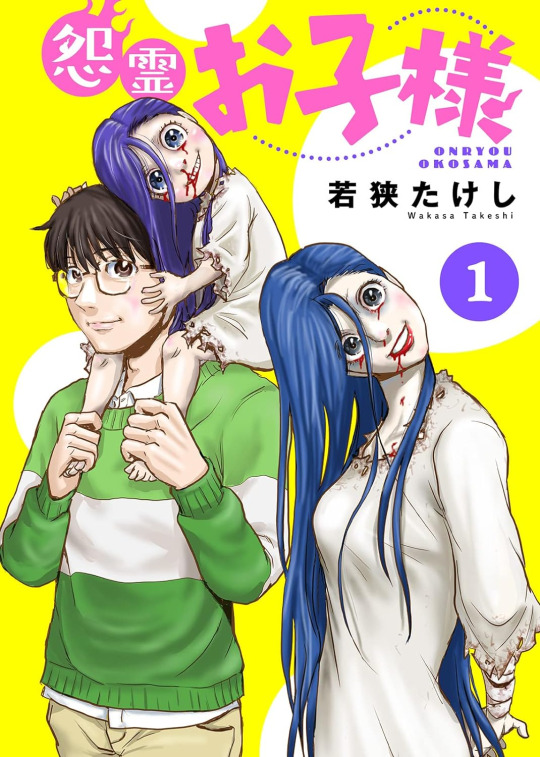
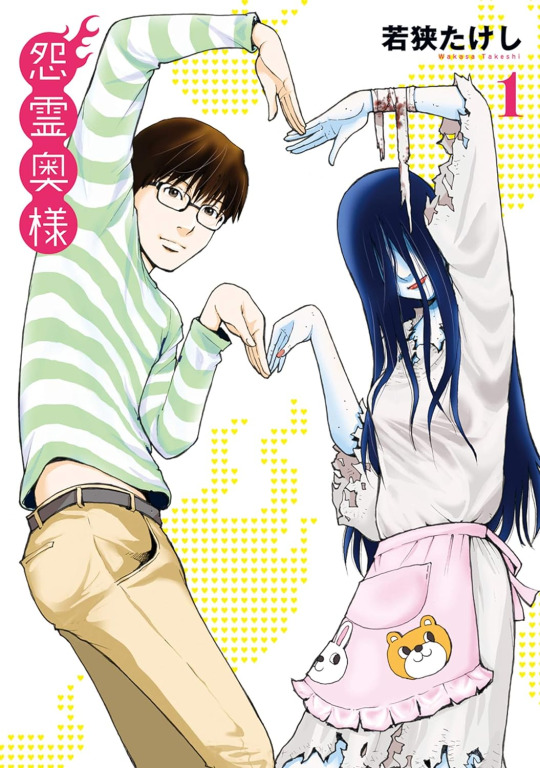
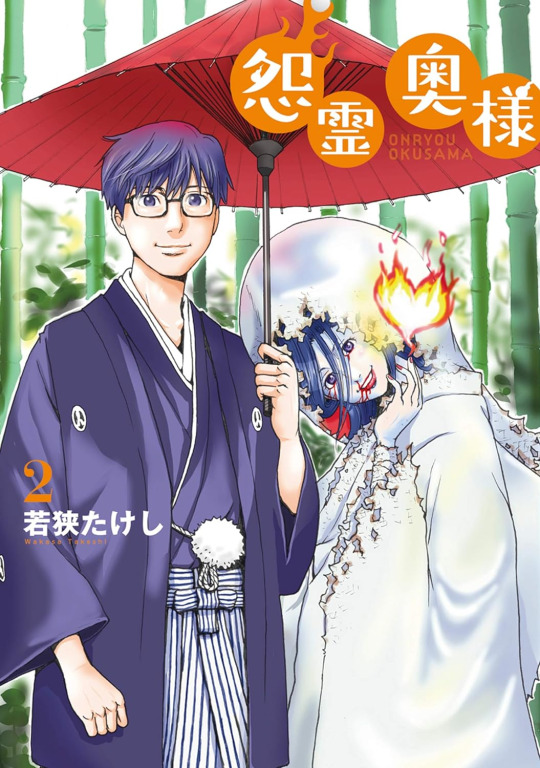
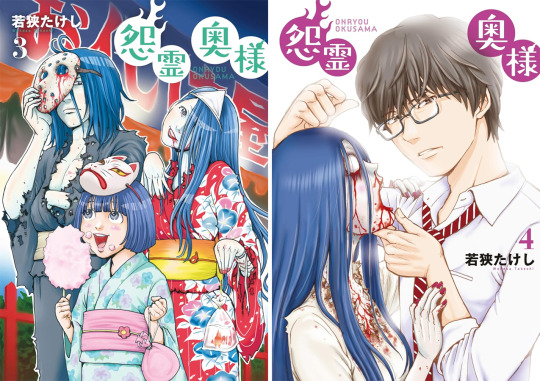

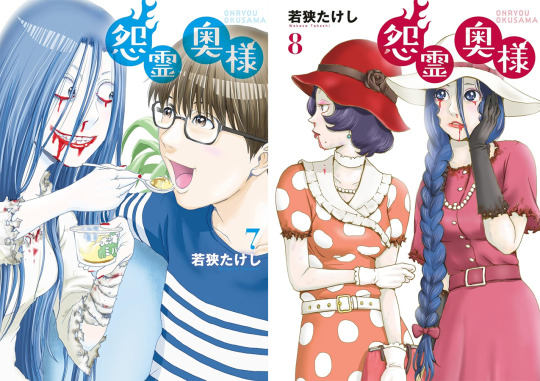
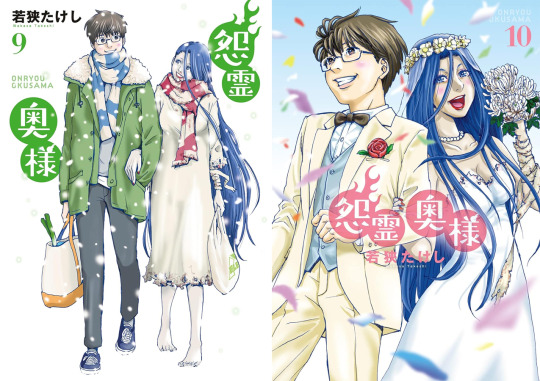
ONRYO OKOSAMA[怨霊奥様]: "Vengeful Ghost Wife"
8 notes
·
View notes
Text
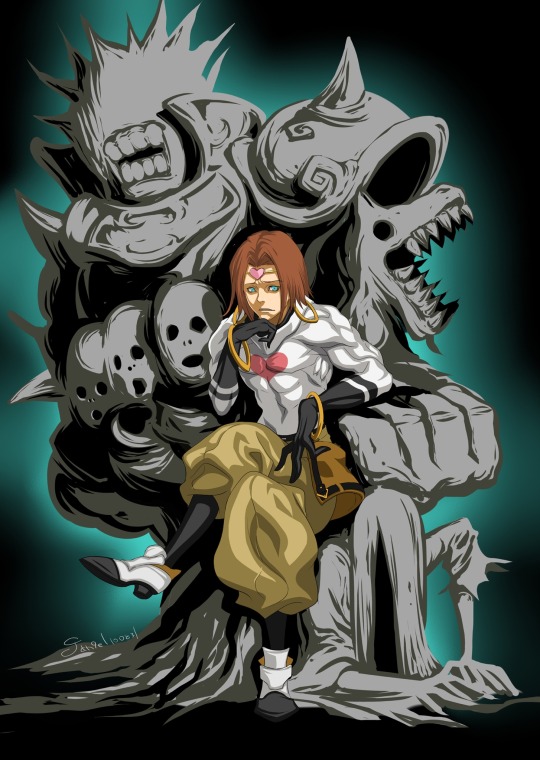
怨霊の王 by タニエル(Taniel) on pixiv (August 31st, 2010)
#by 💛#certified zappa classic to me#this pic goes hard feel free to screenshot.#zappa guilty gear#guilty gear#via: pixiv#👻: oh. This..... This is so awesome.... The mood... The colours... He's a haunted Prince....
11 notes
·
View notes
Quote
清少納言が愛した中宮定子さま、宮廷の頂点から急転直下で罪人の家族と貶められ、幼い子を3人も遺して若くして亡くなっているのに、その後(あの陰陽師全盛期に)「怨霊になった」という話がどの日記にも出てこないのは、『枕草子』が鎮魂の書として機能した影響、という山本淳子先生の説、好きです。
たらればさんはTwitterを使っています
22 notes
·
View notes
Text


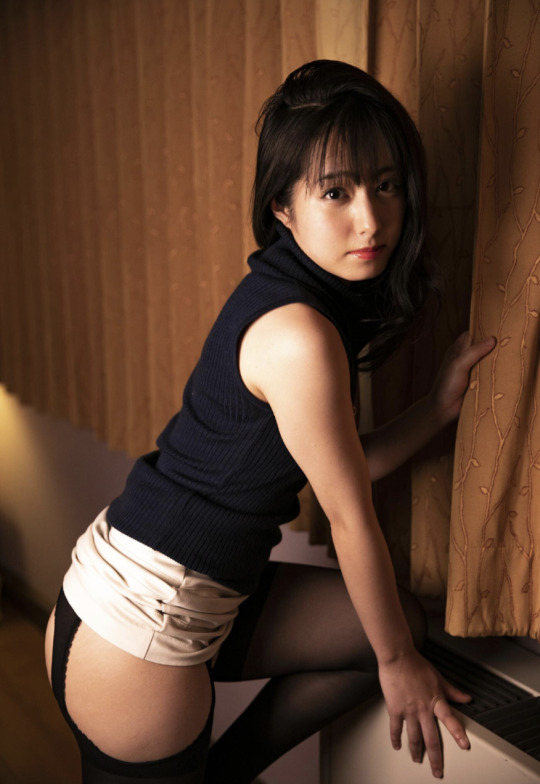
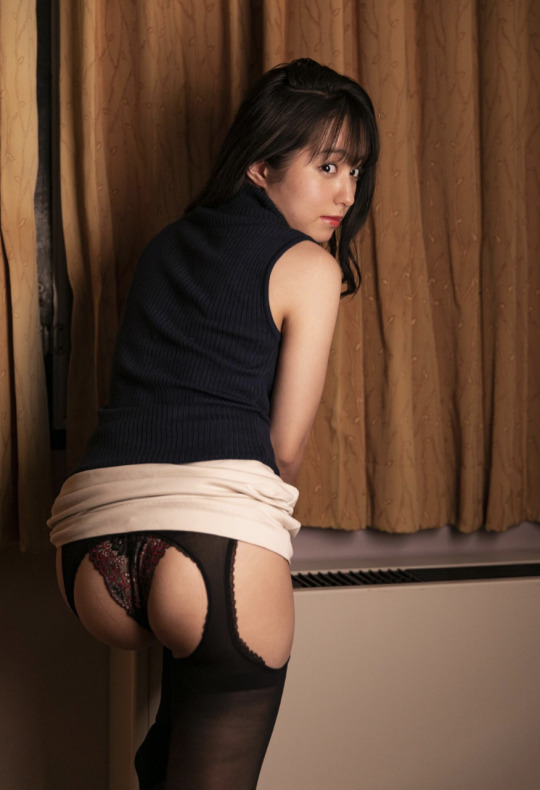
前田 美里は、日本のグラビアアイドル、女優。フリーランス。東京都出身。 ウィキペディア
生年月日: 1996年2月13日 (年齢 27歳)
出生地: 東京都
身長: 146 cm
映画: 呪ギャル ~芸能怨霊伝説~、 デッドクック、 心霊食堂2、 超鬼やば!
カップサイズ: D
スリーサイズ: 83 - 61 - 85 cm
デビュー: 2011年
170 notes
·
View notes